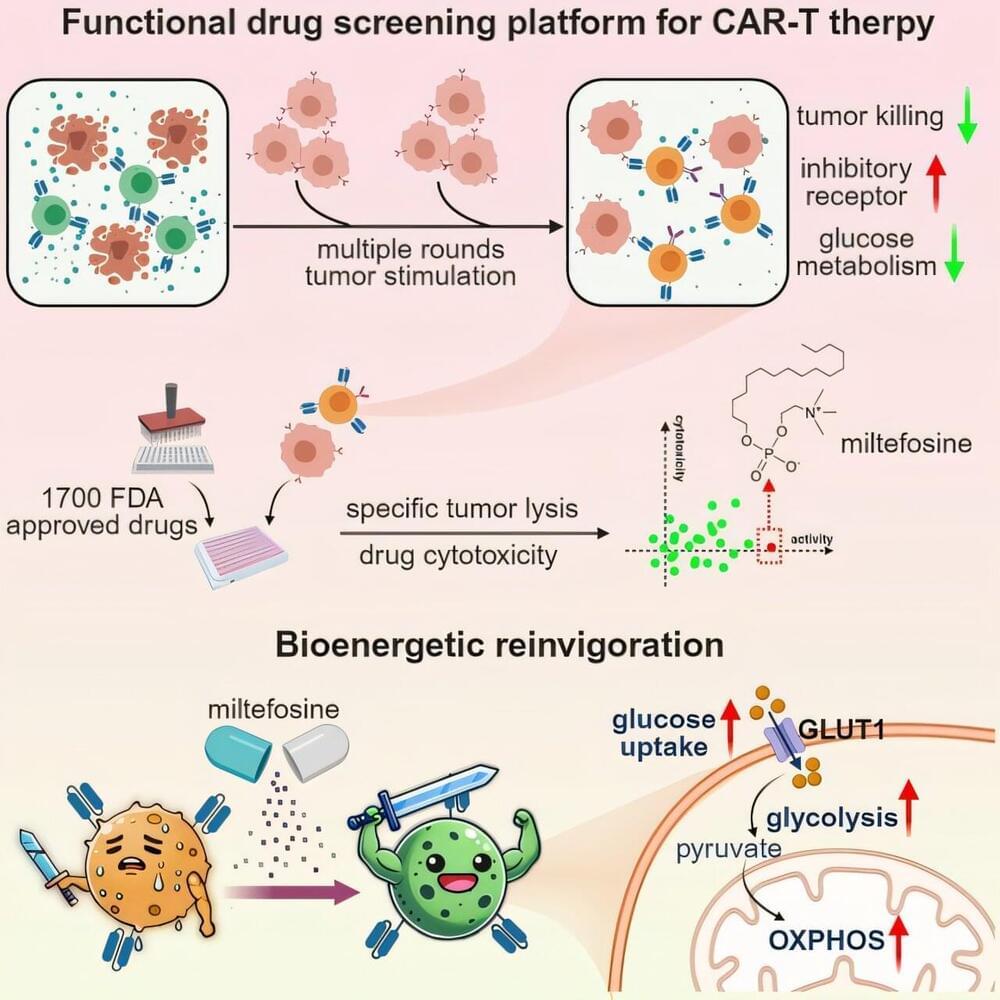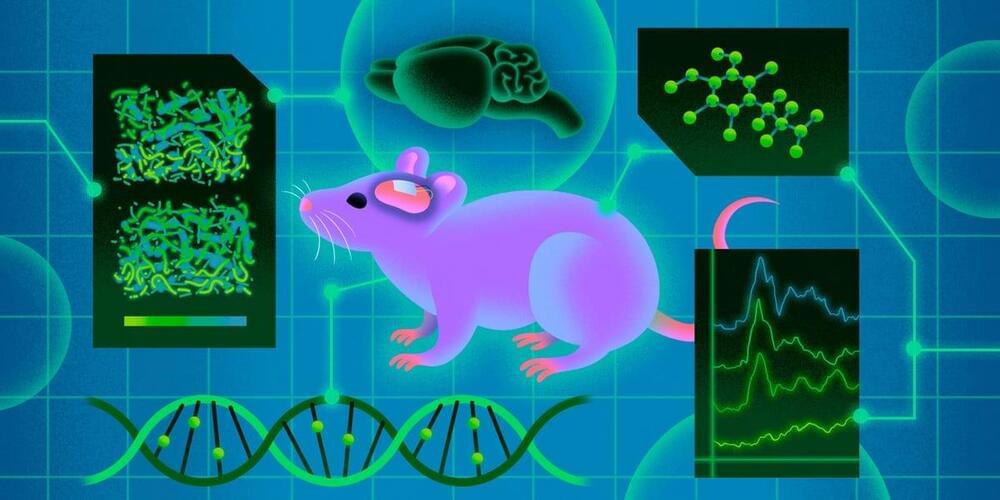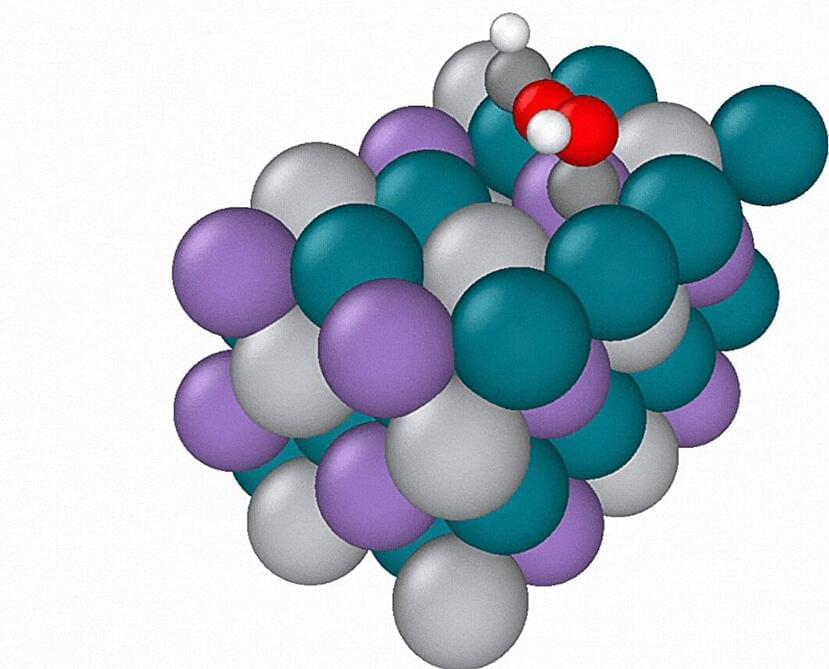“Our data support early resistance rehabilitation as a promising treatment to increase bone formation, bone healing strength, and promote full restoration of mechanical properties to pre-injury levels,” said Dr. Bob Guldberg.
How can implantable sensors help patients during their recovery? This is what a recent study published in npj Regenerative Medicine hopes to address as a team of researchers led by the University of Oregon investigated the use of implantable strain sensors to aid bone healing during rehabilitation from bone defect injuries. This study holds the potential to help provide patients with improved options regarding bone defect injuries while significantly reducing their rehabilitation time.
When it comes to rehabilitation, patients and doctors have always tried to find a middle-ground regarding the amount of strain needed to achieve the most desired outcomes, commonly called the “Goldilocks” principle. Therefore, this new study developed implantable sensors designed to monitor bone healing and determine if resistance training is a sufficient rehabilitation tool for patients. The researchers conducted an 8-week trial with laboratory rats split into three groups: resistance-trained, sedentary (inactive), and non-resistance.
In the end, the researchers found that while all three groups exhibited bone healing after the trial, the resistance-trained rats not only exhibited early signs of bone healing, but also exhibited increased tissue density, as well.









